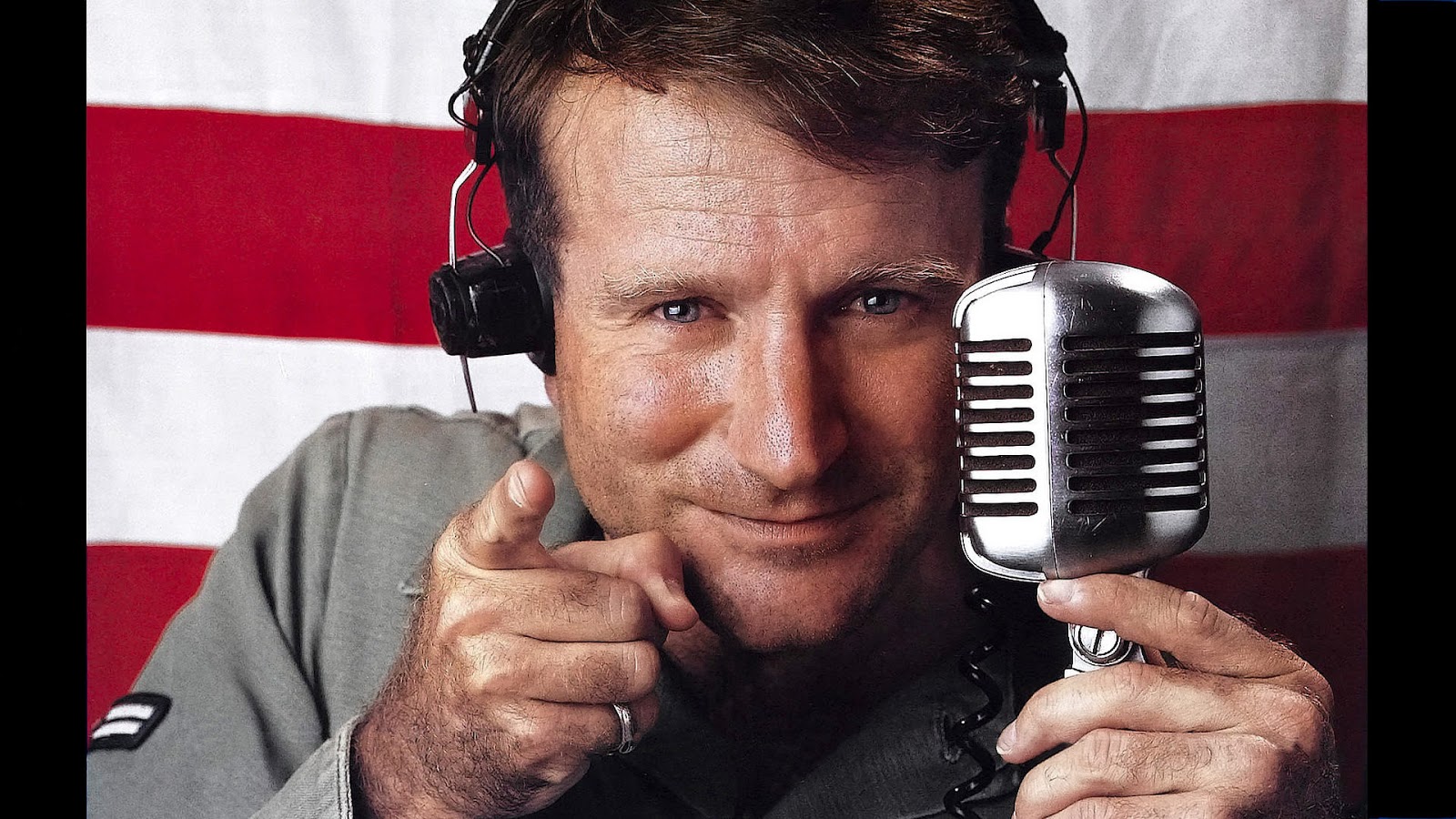A good time in my house to watch a classic movie these days is either after the kids go to bed (around 9pm) or before they wake up (before 7am) so I was actually happy the one Saturday morning I woke up wide awake around 5am and put on TCM. I got a chance to rewatch one of my favorite movies -
The Great Dictator.
The Great Dictator is a 1940 American satirical political comedy-drama film starring, written, produced, scored, and directed by Charlie Chaplin, following the tradition of many of his other films. Having been the only Hollywood filmmaker to continue to make silent films well into the period of sound films, this was Chaplin's first true talking picture as well as his most commercially successful film.
At the time of its first release, the United States was still formally at peace with Nazi Germany. Chaplin's film advanced a stirring, controversial condemnation of Adolf Hitler, Benito Mussolini's fascism, antisemitism, and the Nazis.
Chaplin's film followed only nine months after Hollywood's first parody of Hitler, the short subject
You Nazty Spy! by the Three Stooges which itself premiered in January 1940, although Chaplin had been planning it for years before. Hitler had been previously allegorically pilloried in the German film by Fritz Lang,
The Testament of Dr. Mabuse.
The film was directed by Chaplin (with his half-brother Wheeler Dryden as assistant director), and also written and produced by Chaplin. The film was shot largely at the Charlie Chaplin Studios and other locations around Los Angeles. The elaborate World War I scenes were filmed in Laurel Canyon. Chaplin and Meredith Willson composed the music. Filming began in September 1939 and finished six months later.
Chaplin was motivated by the escalating violence and repression of Jews by the Nazis throughout the late 1930s, the magnitude of which was conveyed to him personally by his European Jewish friends and fellow artists. The Third Reich's repressive nature and militarist tendencies were also well-known at the time. Indeed, Ernst Lubitsch's 1942
To Be or Not To Be dealt with similar themes, even including another mistaken-identity Hitler figure. However, Chaplin later stated that he would not have made the film had he known of the true extent of the Nazis' crimes. This view became widely held after the scope of Nazi atrocities became apparent: for it took nearly twenty years for films to find the right angle and tone to satirize the era.
As Hitler and his Nazi Party rose to prominence, Chaplin's popularity throughout the world became greater than ever; he was mobbed by fans on a 1931 trip to Berlin, which annoyed the Nazis, who published a book in 1934 titled
The Jews Are Looking at You, in which the comedian was described as "a disgusting Jewish acrobat" (despite the fact that Chaplin was not Jewish). Ivor Montagu, a close friend of Chaplin, relates that he sent Chaplin a copy of the book and always believed this was the genesis of
Dictator. The similarity of the moustaches of Hitler and Chaplin has been widely noted. In the 1930s cartoonists and comedians often noted the resemblance. Chaplin chose to capitalize on this resemblance in order to give his Little Tramp character a "reprieve".
Charlie Chaplin's son Charles Jr. describes how his father was haunted by the similar backgrounds of Hitler and himself. He writes,
Their destinies were poles apart. One was to make millions weep, while the other was to set the whole world laughing. Dad could never think of Hitler without a shudder, half of horror, half of fascination. "Just think," he would say uneasily, “he’s the madman, I’m the comic. But it could have been the other way around."
Chaplin prepared the story throughout 1938 and 1939, and began filming in September 1939, one week after the beginning of World War II. He finished filming almost six months later. The 2002 TV documentary on the making of the film,
The Tramp and the Dictator, presented newly discovered footage of the film production (shot by Chaplin's elder half-brother Sydney) which showed Chaplin's initial attempts at the film's ending, filmed before the fall of France.
According to
The Tramp and the Dictator, the film was not only sent to Hitler, but an eyewitness confirmed he saw it. This allegation has however, been denied by Hitler's architect and friend Albert Speer. Hitler's response to the film is not recorded, but he is said to have viewed the film twice. Some of the signs in the shop windows of the ghettoized Jewish population in the film are written in Esperanto, a language which Hitler condemned as a Jewish plot to internationalize and destroy German culture, perhaps because its inventor was a Polish Jew.
The movie is 75 years old now, but it is as compelling and moving as it was in 1940. I recommend this movie to everyone from classic movie fan to students of film. I could go on and on about this film, but I'll let you see it and be the judge...
MY RATING: 10 OUT OF 10





















.jpg)


























